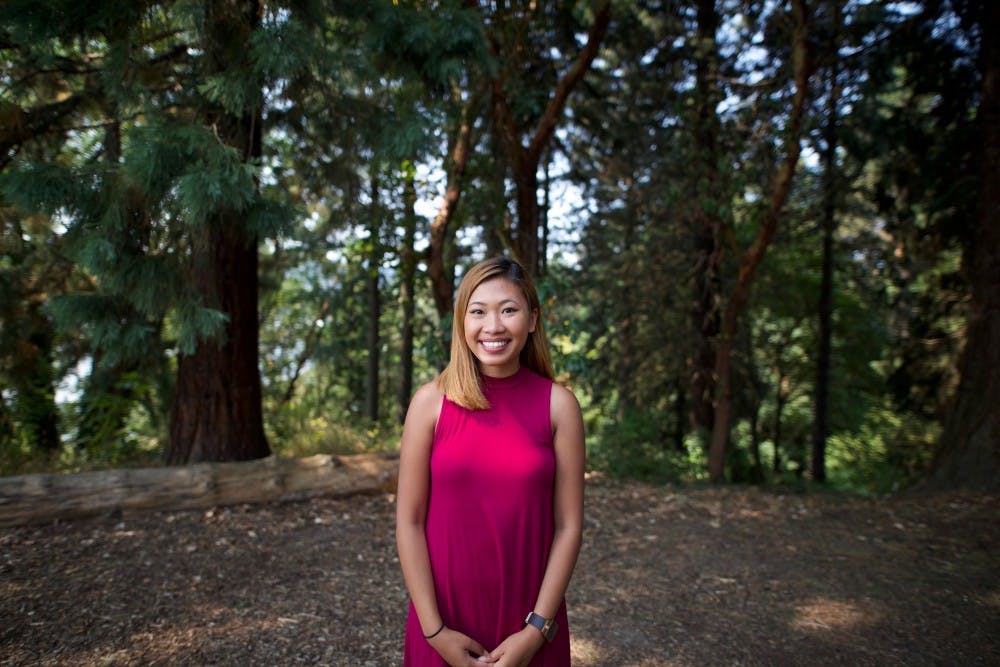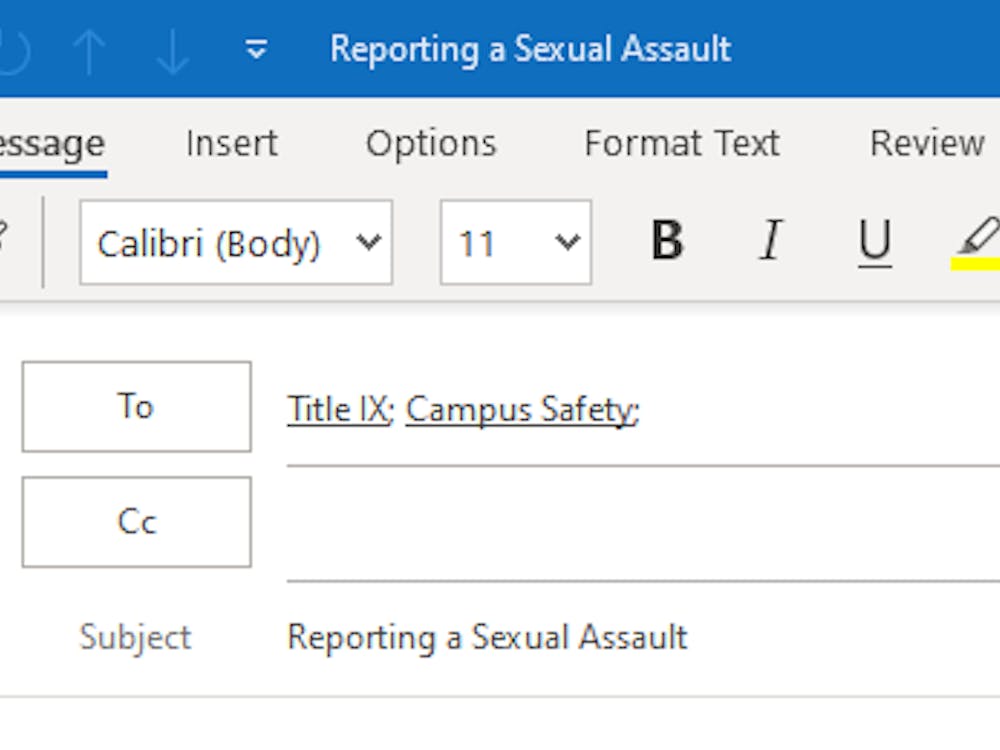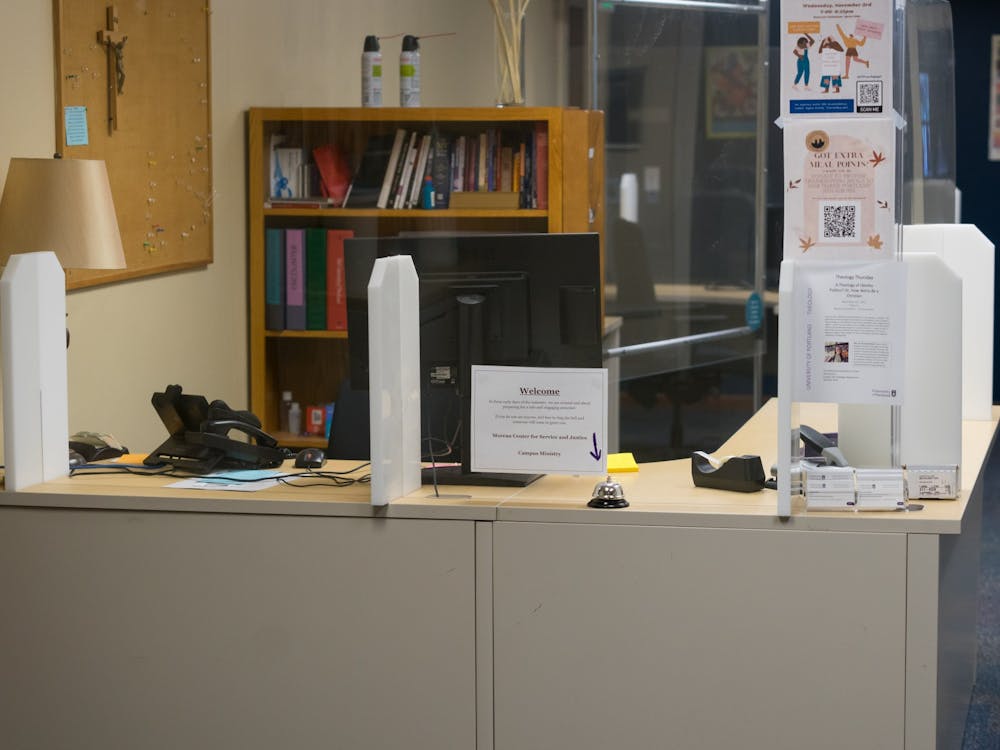At the University of Portland, students of color make up about 40 percent of the student population. Since I wasn’t used to being in a predominantly white setting, I experienced a mild culture shock. Not only was I homesick, but I also felt disconnected from my Filipino and islander roots.
I am a Filipino-American woman, born and raised in the Northern Marianas Islands. Feeling isolated, I sought for a group of people whom I can easily relate to. This is how I found the Filipino American Student Association (FASA).
I don’t know what it is, but at the time, I felt that the University has failed to accommodate the needs of multicultural students. It wasn’t until about a year ago, when President Fr. Mark Poorman revealed the University’s new five-year strategic plan to support and promote diversity on campus, did I feel a sense of belonging.
After joining FASA, I was surprised to learn that the club was a part of a larger regional group called the Northwest Filipino-American Student Alliance (NWFASA). The alliance exhibited a sense of family and inclusivity, which led me to the position of UP’s NWFASA representative during my junior year. I attended meetings at universities all around the Pacific Northwest and I witnessed the way other FASA’s operate their organizations and how their campus as a whole oblige to the needs of students of color.
As a senior, something has proved to be undoubtedly true in my four years here: the campus is changing. Since I got here, the University completely revamped the Pilot House, built a new recreation center and a new dormitory. And just in the last year, there have been plans announced to build a new academic hall and new athletic facilities on River Campus.
All these changes indicate a healthy and growing campus. But there should be a new growth that we should strive for: to accommodate diversity on this campus and welcome more of it and foster the culture we already have. And while we’re making improvements to all these facilities, why don’t we add a multicultural building?
Fr. Poorman’s new strategic plan called Vision 2020 aims to diversify the University starting with the faculty and staff and cultural course trainings. UP’s current mission statement merely focuses on teaching and learning, faith and formation, as well as service and leadership. But with Vision 2020, the University aims to “infuse our entire community with a sense of internationalization and diversity, and continue to develop first-rate infrastructure, staffing and services.”
The new Dundon-Berchtold Hall that is soon to emerge on campus is supposedly “a campus effort to improve students’ moral and ethical foundations” and that it includes enhancing the liberal arts core curriculum to highlight different perspectives, but it lacks an open space that accommodates students of color.
Out of the 15 active universities in NWFASA, only UP and Seattle Pacific University lack multicultural facilities. Even Gonzaga University has a multicultural center that aims to advocate for underrepresented students on campus. But at UP, the students of color support system tend to be limited to multicultural clubs and a handful of cultural events.
Multicultural clubs on campus like FASA, Guam Club, Hawaii Club or the Vietnamese Student Association host annual cultural nights by the end of the year, but they lack spaces on campus to store their costumes, props and other club materials. Having a multicultural center would be vital not only to these organizations but to other students of color who wish to have safe and open spaces. Moreover, our diversity and equity office isn’t even known or visible to the student body.
As stated in Vision 2020, the University aims to “increase diversity of students, faculty and staff by fostering a supportive, inclusive community and an accessible campus culture.” And if cultural diversity is important to the University, then why isn’t it at the top of our priority list?
Even Fr. Poorman said that “while there is clearly more to do, we are making some positive strides toward increasing racial and ethnic diversity among the University’s faculty and staff.” And the University did, starting with diversifying the School of Engineering and hiring a woman of color as the new Diversity and Inclusion Coordinator.
Indeed, the University is making progress in addressing diversity and equity issues on campus, but there needs to be more tangible results starting with building a multicultural center, a visible diversity and equity office and supporting on-campus cultural events.
I am a Filipino-American woman who grew up in the Pacific islands. I am a Beaconite and an aspiring journalist. I am a coffee lover and a music festival goer. I speak conversant French and fluent Tagalog. I am also a Pilot. I want all these identities to come together. I want an open space on campus for our diverse student community. And when that happens, that 40 percent of the student population will finally feel the inclusivity and at home at the University.
Rachel Ramirez is a senior reporter and multimedia producer for The Beacon. She can be reached at ramirezr18@up.edu








